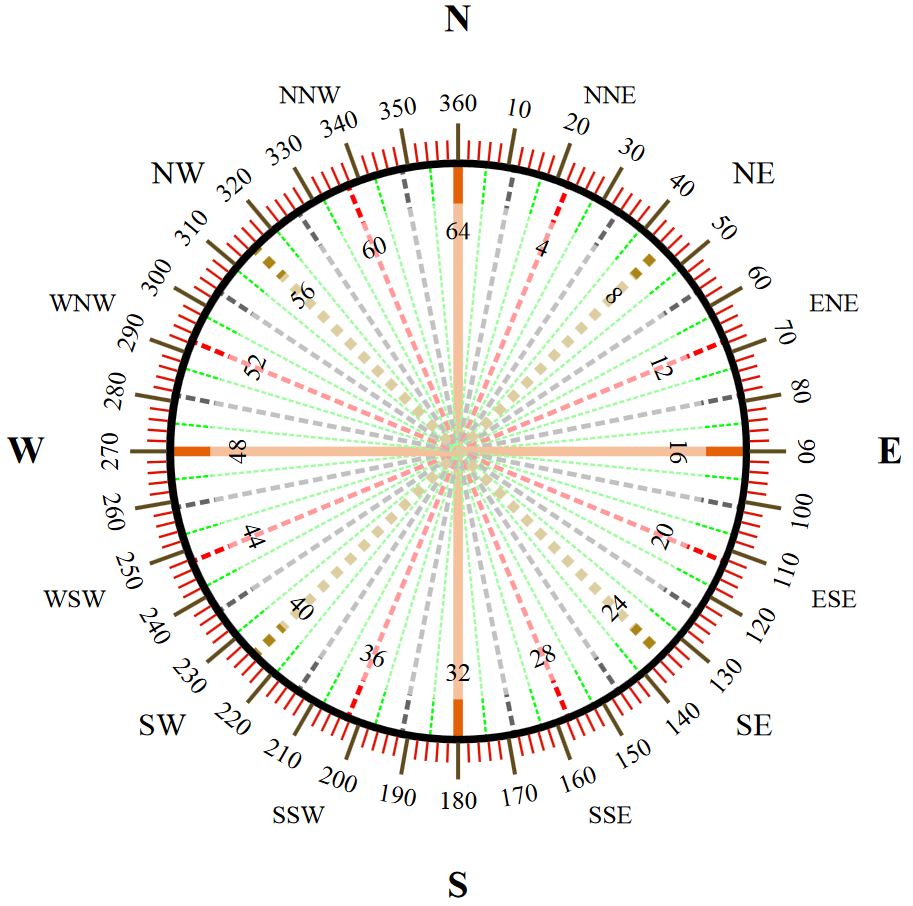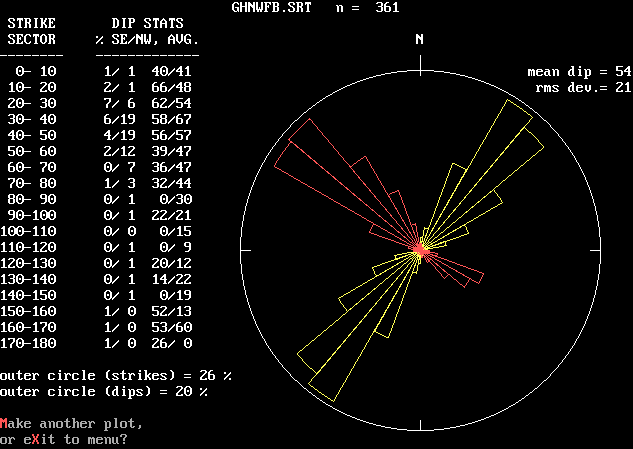

15 km from edges of runways, any development exceeding a height 150m is considered as an obstruction. Beyond 4.5 km and up to 10.5 km, an increase in height of 7.5m for every 1.5 km Up to 30 m heights are permitted up to a distance of 4.5 km from locations, 60 m away from edges of runways. Following are height restriclions:įig.8.4 Approach zone profile for ILS runway Fig.8.4 shows approach zone profile of Instrumental Lanling System.(ILS) Runway. In the approach zones, developments are consider-ed objectionable, if they exceed permissible heights. Wider clearance on both sides of the runways is required in the approach zones of the airport. In this zone, aircrafts loose or gain altitudg at a very slow pace as compared to forward speed. (i) Apprgach zonez An approach zone is an area through which aircrafts approach or leaves airports.It is tlre climb out and landing path. Therefore, airport authorities enforce certain restrictions in terms of height of structures and types of land uses in airport zones. It is practically impossible for airport authorities to own such vast track of land. Therefore, it requires large clearance on both sides of climb out / lpnding Paft: This runs to about l5 km from edges of runways.

During landing and take off operations, aircrafts loose or gain altitude at a very slow pace. Zoneis a defined and demarcated area, with cenain commbn qualities. (a) conical surface (b) innerhorizontal surface (c) transitional surface (d) inner transitional surface and balked (iv) Precision approach runway category II, III: (n) Precision approach runways (a) conica! surface (b) inner horizontal surface (c) approach surface (d) transition surface. Precision approach runway category I, II, and III. Horizontal plane 150 m above the threshold elevation, qr the horizontal plane passing through the top of any object that governs an obstaile clearance altitude. The approach surface shall be horizonthl beyond a point at which 2.5% slope intersects. inner horizohtal surface approach surface and transitional surface. Because I added some new patterns.Highway, Railway, Airport and Harbour EngineeringĬonica\surface. Also, don’t forget to check out my store. So, I am showing you what my tutorials look like. But I prefer to combine instruction and graphical diagram in my tutorials.Īren’t you tired yet? Be patient, because now the fun begins (because this will be my instruction, haha!) Example 4. This tutorial is good too, no doubt! Have you noticed that the instructions we reviewed were NOT accompanied by graphical diagrams? Of course, you can look at the photo of the finished snowflake and follow the instructions. R: 2ds, jp to previous Chain, 6 times, 2ds, clĬ: 2ds, jp to previous Ring, 2ds, p, 2ds, p, 3ds, rv R: 2ds, jp to previous Ring, 6ds, jp to next Ring of Row 1, 2 ds, p, 4 times, 2ds, cl ✼ R: 2 ds, p, 4 times, 2ds, jp to Ring of Row 1, 6 ds, p, 2ds, cl Example 3.Ībbreviations: Ds – double stitch, R – ring, cl – close, Ch – chain, p – picot, jp = join

Perhaps you know of any cases where the ring is not closed? But will this element then be called a ring? However, these instructions indicate at the end of each element whether or not to reverse the work. After all, we see at the beginning of the combination that we need to make a ring. In my opinion, there is no need to write “close” at the end of each Ring. R: 2 + ( to previous Chain ) 2 – 2 – 2 – 2 – 2 – 2 – 2 cl DNRĬh: 2 + ( to previous Ring ) 2 – 2 – 3 rv R: 2 + ( to previous Ring) 6 + ( to next Ring of Row 1 ) 2 – 1 – 1 – 1 – 1 – 2 cl rv Example 2.Ībbreviations: R = ring, cl = close, Ch = chain, – = picot, rv = reverse work, DNR = do not reverse, + = join You may ask: where does the work start, when to turn the work? This is where the difficulty lies. But I think you will agree with me that it is too difficult for beginner tatters. I really like these instructions for their brevity. Number of shuttles: One, and second thread You will need: two shuttles or a tatting needle, white thread # 10, a crochet hook, scissors and a good mood!Ībbreviation: Number = number of double stitches between the picots, R = ring, C = chain, + = joining, 1 X 4 = 1 – 1 – 1 – 1, 2 X 6 = 2 – 2 – 2 – 2 – 2 – 2, – = picot I will not name the authors who I took as templates for writing instructions for ethical reasons. I am not covering more complex elements in this pattern. Some terms may differ from another author, but the basic elements are always the same. Of course, before starting work, you must carefully learn the Abbreviation. Before we start weaving, let’s take a look at a few example instructions.


 0 kommentar(er)
0 kommentar(er)
